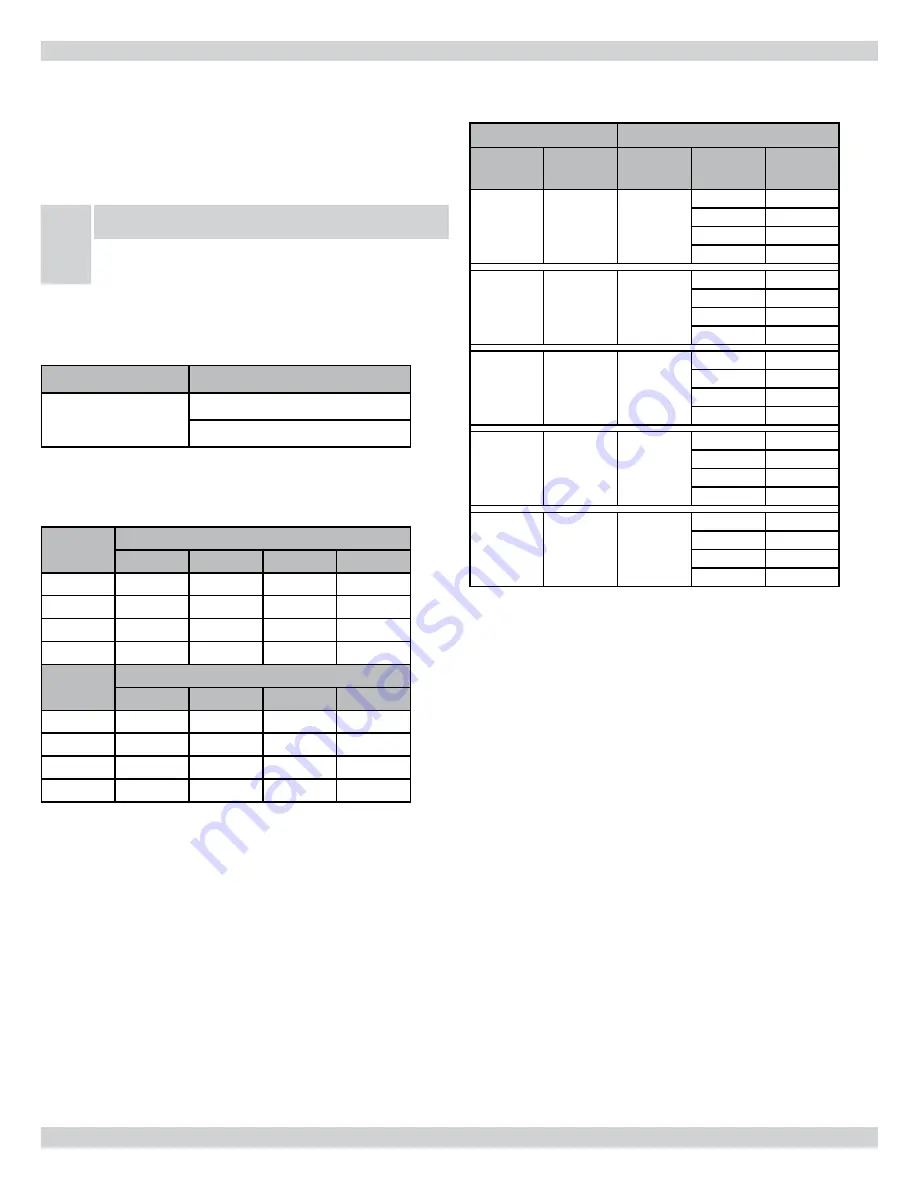
For proper furnace operation, air fl ow over the heat exchanger is of
utmost importance. Insuffi
cient airfl ow accelerates metal fatigue and
failure in the heat exchanger and excessive airfl ow promotes acceler-
ated corrosion of the heat exchanger.
NOTICE
IMPORTANT: Do not bypass this step of the start up
procedures.
TABLE 1A - RANGE OF TEMPERATURE RISE
Furnace Model
Temperature Rise
60, 80, 100, 120
High Fire (HF) 35 - 65°F
Low Fire (LF) 25 - 55°F
TABLE 1B - AIR FLOW FOR TEMPERATURE RISE
Furnace
Model
High Fire (HF) CFM Required for a
▲
T of:
35
45
55
65
60
1501
1167
955
808
80
2001
1557
1274
1078
100
2502
1946
1592
1347
120
3002
2335
1910
1616
Furnace
Model
Low Fire (LF) CFM Required for a
▲
T of:
25
35
45
55
60
901
700
573
485
80
1201
934
764
647
100
1501
1167
955
808
120
1801
1401
1146
970
Temperature Rise Check
When the duct system is complete and the air fi lter or fi lters are in
place, determine if the airfl ow is correct for both low and high fi re
input rates..
1.
Insert a duct thermometer in the supply air duct. Th
e thermom-
eter should be placed as close as practical to the furnace, but out
of the “line of sight” of the heat exchanger (this prevents false
readings owing to radiant heat). Ensure that the thermometer
location is within the duct air stream. Avoid locations such as
the inside radius of an elbow, etc.
TABLE 10 - AIR FLOW
MODEL 95V
ESP 0.1” to 1.0” w.c.
Input
A/C
Tonnage
ADJUST
Jumper
COOL
Jumper
CFM
60000
3 Ton
NORM
A
1200
B
1000
C
800
D
600
80000
3 Ton
NORM
A
1200
B
1000
C
800
D
600
80000
4 Ton
NORM
A
1600
B
1200
C
1000
D
800
100000
5 Ton
NORM
A
2000
B
1600
C
1200
D
800
120000
5 Ton
NORM
A
2000
B
1600
C
1200
D
800
Note: Moving the ADJUST jumper from the NORM position to the
(+) or (-) position will increase or lower the CFM by 15%
2.
Insert a duct thermometer in the return air duct as close to the
furnace as practical. Ensure that the thermometer location will
be unaff ected by humidifi er bypass ducts, etc. Choose a location
well within the main air stream.
3.
Operate the furnace long enough to obtain steady state condi-
tions at both input rates (High Fire and Low Fire).
4.
When the two thermometers have stabilized, usually within
5-8 minutes, compare the two readings. Subtract the return air
temperature from the supply air temperature. Th
e diff erence is
the temperature rise, also called ΔT.
5.
Compare the measured ΔT to the temperature rise range shown
on the rating plate. Unless stated diff erently on the rating plate,
the temperature rise should normally range between 35° to 65°F
High Fire, 25° to 55°F Low Fire. When adjusting the tempera-
ture rise, the ideal temperature is approximately mid-range.
If the measured ΔT is above the approved temperature range,
there is too little air fl ow. It must be increased by selecting the
appropriate “HEAT” jumper setting , removing restrictions
in the ductwork, or adding supply or return
ductwork.
If the measured
∆
T is too low, there is too
much air
fl
ow.
23 - AIR FLOW
44

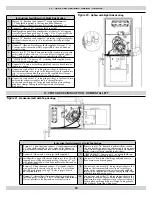
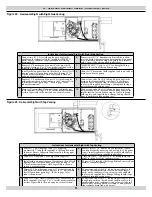
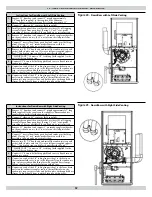
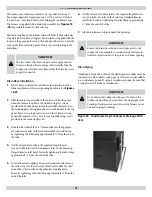

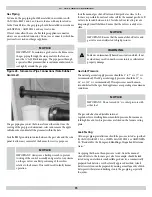
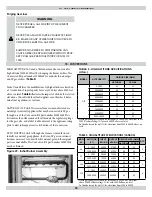
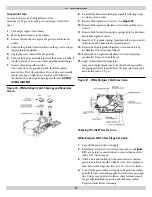

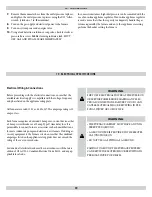
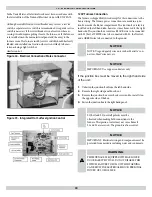

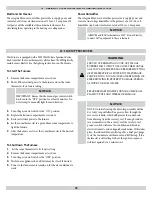
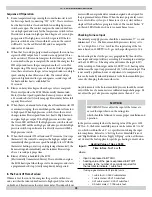

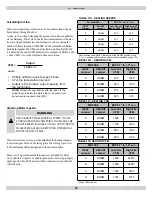

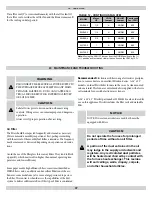


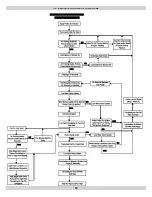


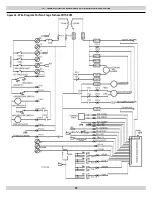
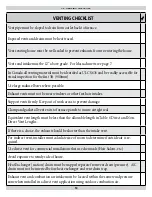
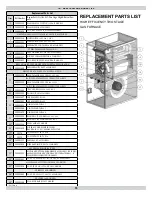














![Roberts Gorden Combat UHD[S] 150-400 Specifications preview](http://thumbs.mh-extra.com/thumbs/roberts-gorden/combat-uhd-s-150-400/combat-uhd-s-150-400_specifications_1469644-1.webp)



